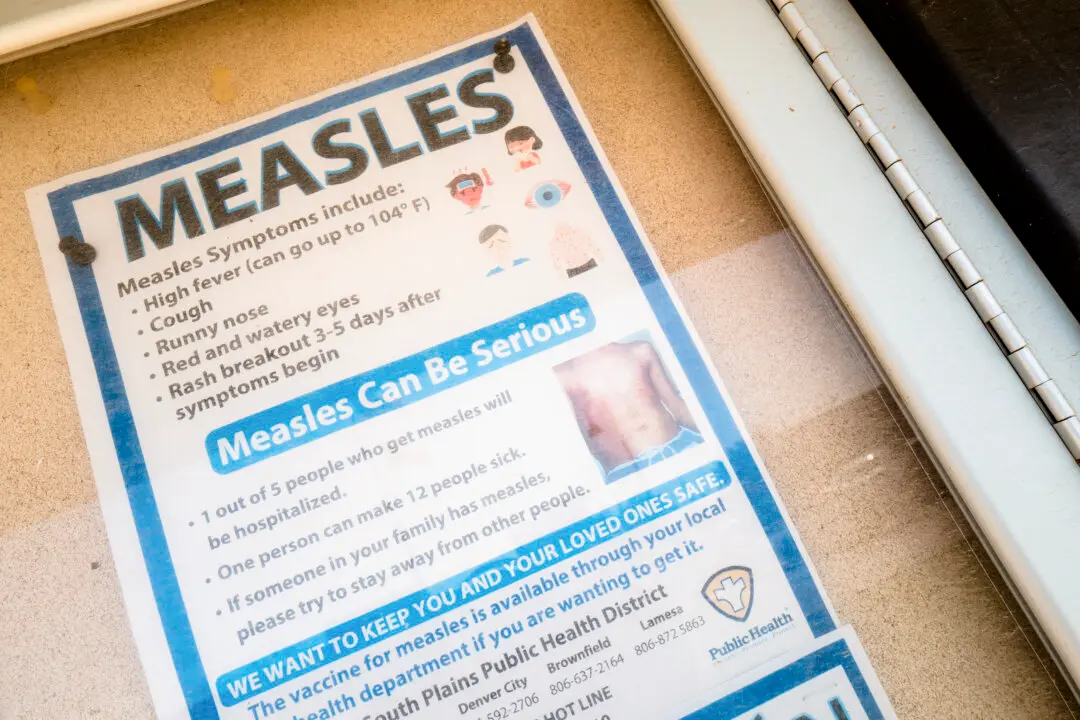The 2020 census data that showed New York grew more slowly than other states, leaving it poised to have one less seat in the House of Representatives, may be subject to a legal challenge.
If New York had just 89 more people in the census count, officials said, then it would have kept the seat at the expense of Minnesota.





